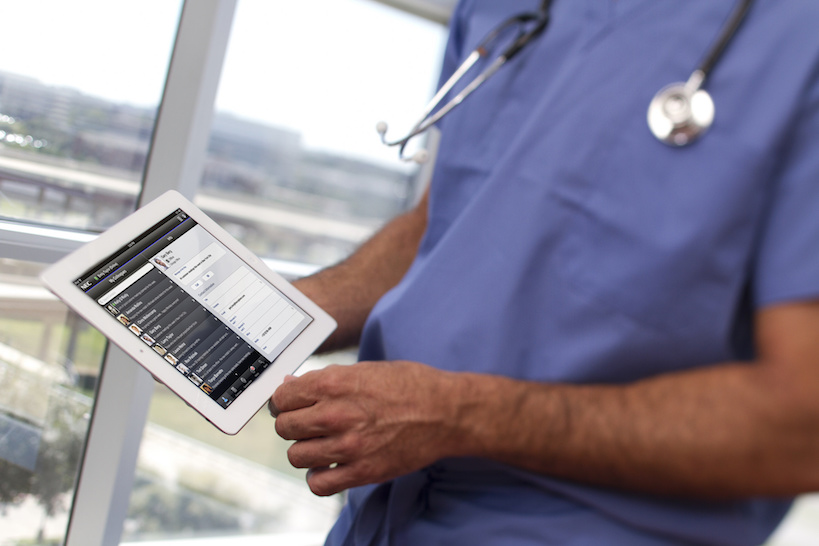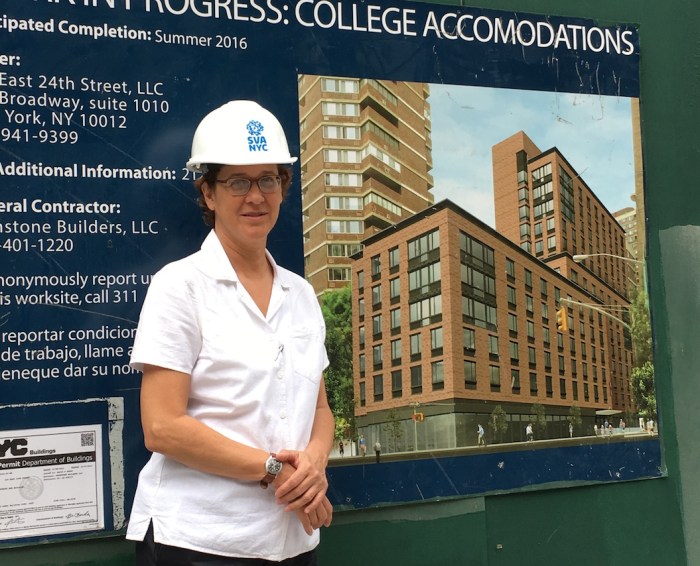Cases of sexually transmitted diseases are at a 30-year high in New York City, and funding for treatment and prevention had dropped while infection rates climbed, according to a report released Wednesday morning. The rise in STDs in New York City is fairly consistent with the trend across the nation, as the incidence of infection is currently at an all-time high in the U.S. But in the city, the rate of unreported cases was consistently higher than the national average for the past decade, according to the report issued by the city Independent Budget Office. The Department of Health and Mental Hygiene acknowledges the overall increase since 1999, but points out that the city’s highest STD rates were actually in the 1980s, before the HIV/AIDS epidemic raised safe sex awareness. Deputy Commissioner of Disease Control Dr. Jay Varma told Metro that he attributes much of the rise in STD cases to two factors: Advances in HIV/AIDS treatments and its increased life expectancy reduced its threat as a deadly disease, and the affected populations started taking less precaution. RELATED: 60 percent of New Yorkers could be on the brink of homelessness The other factor is a decrease in funding to prevention and treatment programs because of the recession of 2008, a notion echoed by the Centers for Disease Control.
“STD rates are rising and many of the country’s systems for preventing STDs have eroded,” said Jonathan Mermin, the director of the National Center for HIV/AIDS, Viral Hepatitis, STD and TB Prevention, a division of the CDC. “During the Great Recession, we at the Health Department had to reduce service to STD programs, and had cuts from the federal govermennt to services that made sure people were tested and treated,” Varma told Metro. STDs in NYC at a glance
Although funding for the city’s Bureau of Sexually Transmitted Disease Control had peaked at $15.8 million in 2007, spending toward control actually dropped 20 percent between 2006 and 2016, IBO points out. Yet a particularly sharp spike in New York’s STDs prompted an influx of funding from Mayor Bill de Blasio. The mayor and the City Council bumped up funding by $10 million for the 2017 fiscal year to a total of $25.5 million for STD programs. While it appears that more than 90 percent of that went to the “End the AIDS Epidemic” program, the assumption that the money was not benefiting the overall STD program is an inaccurate presumption, Varma pointed out. In fact half of that money is going towards the general STD endeavor. “The mayor has been very helpful to expand sexual health services. It’s officially called the End the AIDS Epidemic — it’s actually an expansion f the whole program, to increase the number of hours clinics are open, increase the number of staff, increase the number of services we are offering,” Varma said. Federal funding is also essential for these programs, but it is uncertain how those interests will be recognized in the new administration, Varma said.
STDs in NYC at a 30-year high

NEC-Medical-51/CreativeCommons


















